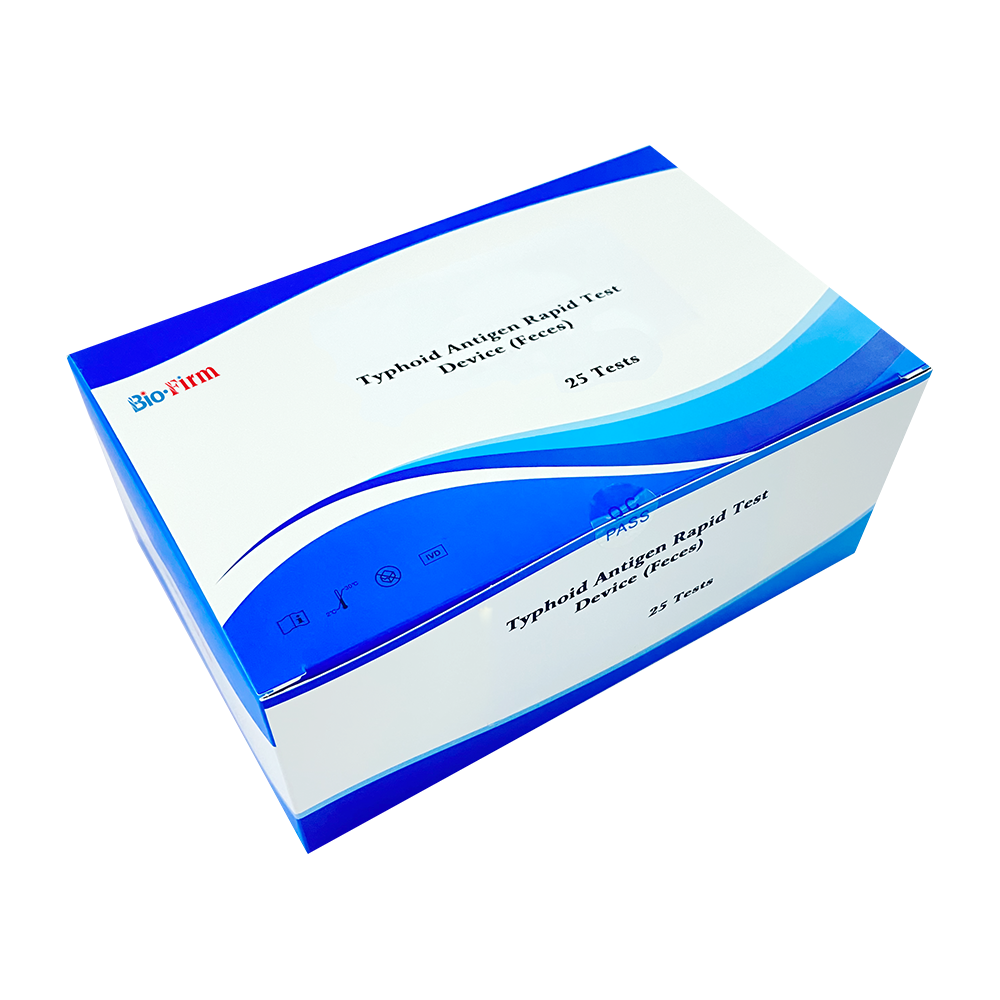Jul 01,2022
Minimizing false positives and false negatives is critical for the reliability and effectiveness of tropical disease rapid tests. False results can lead to incorrect diagnoses, inappropriate treatment, and potentially severe health consequences. Below are the key steps taken by manufacturers, researchers, and healthcare providers to minimize these errors:
Optimization of Test Design
High-Quality Antibodies/Antigens :
Use of highly specific monoclonal antibodies or well-characterized antigens ensures that the test reacts only with the target pathogen.
Cross-reactivity with similar pathogens (e.g., dengue vs. Zika) is minimized through rigorous screening and selection of biomarkers.
Advanced Biomarker Selection :
Identification of unique biomarkers that are specific to the disease of interest reduces the likelihood of cross-reactivity.
For example, using species-specific antigens for malaria (e.g., PfHRP2 for Plasmodium falciparum ) improves accuracy.
Stringent Validation and Quality Control
Clinical Trials and Field Testing :
Tests undergo extensive clinical trials in diverse populations to evaluate their performance under real-world conditions.
Sensitivity (ability to detect true positives) and specificity (ability to avoid false positives) are rigorously measured.
Lot-to-Lot Consistency :
Manufacturers ensure that each batch of tests performs consistently through strict quality control measures.
Regular calibration and validation of production processes help maintain uniformity.
Incorporation of Controls
Positive and Negative Controls :
Most rapid tests include built-in controls to verify the validity of the test result.
Positive Control : Ensures the test system is functioning correctly.
Negative Control : Confirms the absence of non-specific reactions.
Internal Controls :
Some advanced tests incorporate internal controls that run alongside the sample to confirm the integrity of the test process.
Improving Sample Collection and Handling
Standardized Protocols :
Clear guidelines for sample collection (e.g., blood, urine, saliva) and handling reduce variability and contamination risks.
Proper training of healthcare workers ensures samples are collected and stored correctly.
Stabilization of Samples :
Technologies such as stabilizers or preservatives extend the shelf life of samples, ensuring they remain viable during transportation and testing.
Environmental Considerations
Robustness Against Environmental Factors :
Tests are designed to withstand variations in temperature, humidity, and other environmental conditions common in tropical regions.
Heat-stable reagents and packaging help maintain test performance in challenging settings.

Multiplexing and Confirmation Strategies
Multiplex Testing :
Combining multiple tests into a single platform allows for simultaneous detection of different pathogens, reducing the risk of misdiagnosis due to co-infections.
Confirmatory Testing :
In cases where rapid tests yield inconclusive or suspicious results, confirmatory laboratory-based tests (e.g., PCR, ELISA) are used to validate findings.
Continuous Improvement Through Feedback
Post-Market Surveillance :
Manufacturers monitor the performance of tests after deployment to identify any issues that arise in real-world use.
Feedback from healthcare providers and patients informs updates and improvements to the test design.
Iterative Development :
New versions of tests are regularly released based on advancements in technology and insights gained from field experience.
Training and Education
User Training Programs :
Healthcare workers and end-users are trained on proper test administration, interpretation of results, and troubleshooting common issues.
Standard operating procedures (SOPs) ensure consistent application of the test.
Public Awareness Campaigns :
Educating communities about the importance of accurate diagnosis and adherence to testing protocols helps reduce human error.
Regulatory Oversight and Certification
Compliance with Standards :
Tests must meet stringent regulatory standards set by organizations like the WHO, FDA, CE Mark, or local health authorities.
These standards require demonstration of high sensitivity and specificity before approval.
Performance Monitoring :
Regulatory bodies conduct periodic evaluations of approved tests to ensure ongoing compliance with quality benchmarks.
Emerging Technologies
Molecular Diagnostics :
Rapid molecular tests, such as loop-mediated isothermal amplification (LAMP) or CRISPR-based diagnostics, offer higher sensitivity and specificity compared to traditional immunoassays.
Digital Readouts :
Incorporating digital readers or smartphone apps to interpret test results reduces subjectivity and human error in result interpretation.



 Español
Español
 Français
Français
 Deutsch
Deutsch
 عربى
عربى








